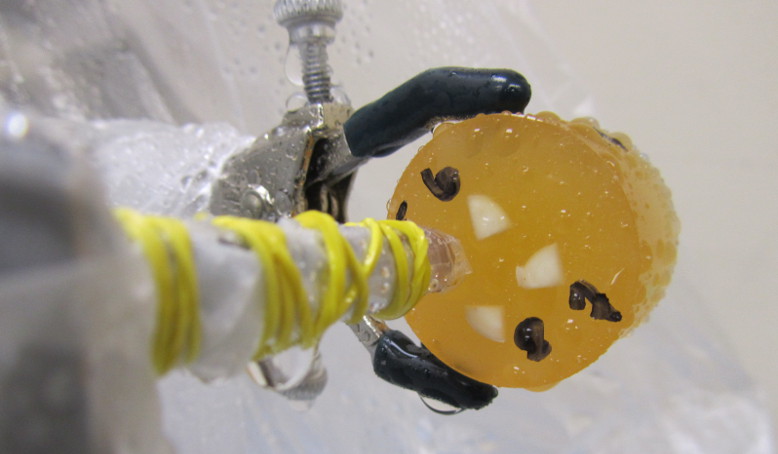Biomedical engineering, also called bioengineering, is a form of engineering which focuses on the industries of healthcare and biology. Traditionally, bioengineers work with healthcare staff to develop equipment and solutions to specific healthcare problems. However, did you know that those with a master of engineering in biomedical engineering degree can also get a job with NASA? That’s right, graduates aren’t purely limited to the healthcare field!
In this article, we’re going to take a look at biomedical engineering, and just what the job involves when working in space.
The bioengineering branch at NASA
Those who work at the bioengineering branch at NASA are tasked with the job
of coming up with more advanced life-support machines to help
astronauts to breathe for longer in space. Astronauts currently need
to resupply their machines and have only a limited amount of time
before they must return to their craft. However, NASA’s
bioengineers are constantly trying to improve this, which in the long
run will make further space exploration journeys more in depth.
Areas that the bioengineering branch is currently working on include down selection, trade studies, waste management, water recovery, trace contaminant control, and atmosphere revitalization. Exploration life research is another key area, and along with the technological advances, it is likely that we could see a huge improvement in space exploration excursions in the future.
Nanotechnology
NASA’s bioengineering branch has also been making use of advancements in
nanotechnology to develop new, innovative biotechnologies. There is
a growing need for smarter, lighter, and smaller instruments that
astronauts can use in space, and it is nanotechnology that is helping
to achieve breakthroughs in the area. To give you an idea of just
how small we are talking; the technology is on the scale of
molecules! In the future, we should see technological devices that
are smaller than anything currently in existence. Current areas
where this technology is being applied include enzymatic hydrolysis
of cellulose, biosensors, and protein-templated nanoparticle arrays.
How to get involved
If you’ve always wanted to work for a company like NASA, there is no
reason why you can’t. Start off by getting a bachelor’s degree
in biomedical engineering from a college or university of your
choice. Once you have graduated and found a position to work in, you
can then enroll in an online MEBME program at
Rutgers Online and study for this in your spare time. The on-the-job
experience you gain while pursuing your master’s degree will be
invaluable and will boost your resume for when you are ready to apply
with NASA.
Another option is to apply to work at NASA while studying for your online MEBME degree. The careers section of the NASA website details the paid work experience that the company offers, and many who decide to enroll in this secure a full-time, permanent employment with the company once they graduate. With over 18,000 professionals working for them, it’s certainly a great place to be.











